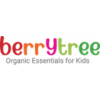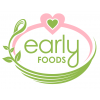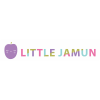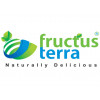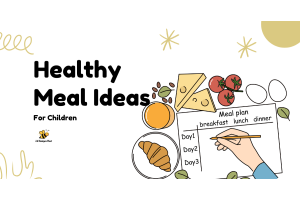How to Read Baby Food Labels - Easy Guide
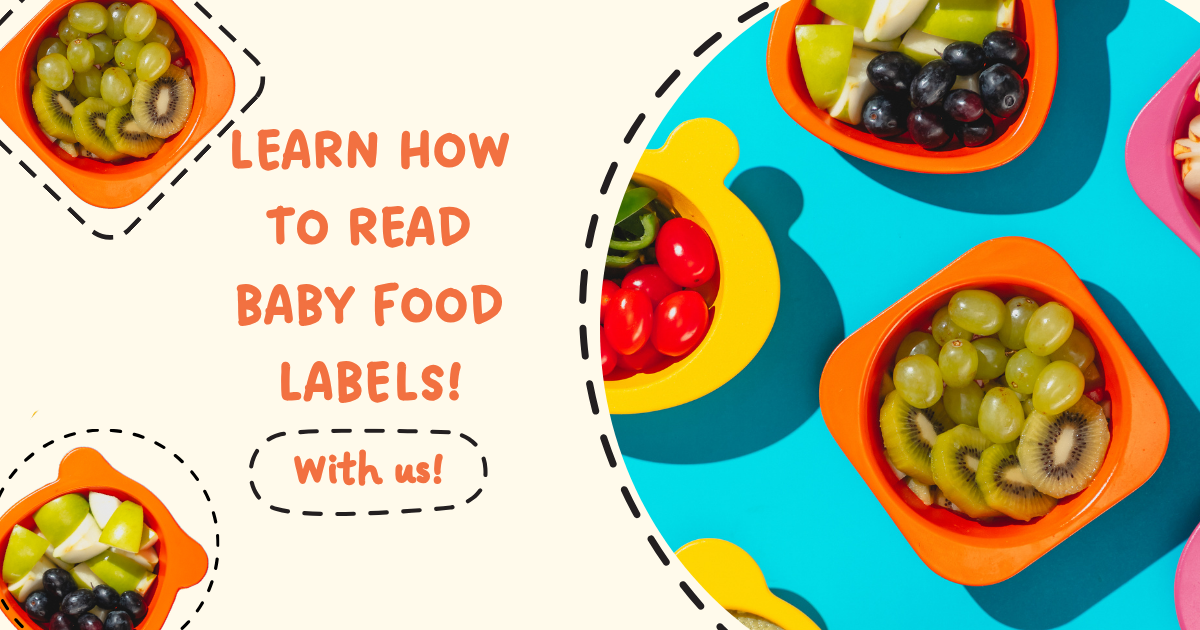
Hey, parents! You want the very best for your little one, right? That’s why understanding food labels is so important when picking out baby food. For your 6-month-old baby, who’s just beginning to try solids, reading food labels can feel like a big task. But don’t worry—this parenting blog is here to help! With this parenting guide, I’ll share simple parenting tips to make it clear and stress-free for new parents like you. Plus, we’ll talk about food nutrition so you know exactly what your baby needs.
At first, reading food labels might seem tricky, but trust me, it’s a skill you’ll get the hang of fast. It’s not just about spotting allergens or dates—it’s about making sure the baby food you choose is perfect for your 6-month-old baby. This parenting guide will walk you through every step, showing you what to look for so your baby gets the good stuff they need to grow strong and healthy.
Why Baby Food Labels Are a Big Deal
When your baby hits 6 months, it’s a fun time—they’re ready to explore new tastes beyond milk or formula. But with that comes a job for you: picking the right foods. Food labels are like a map—they tell you what’s inside and help you decide if it’s good for your baby. This is super important because the right nutrition now helps your baby grow big, strong, and happy.
For new parents, all the baby food options can feel like too much. Shelves are full of jars and pouches, all saying they’re great. But here’s the secret: the label tells the real story. By knowing how to read it, you’ll feel confident picking the best for your little one.
What to Check on Baby Food Labels
Okay, let’s get into it. When you grab a jar or pouch of baby food, here’s what you need to look at on the label:
1. Ingredients List
This is huge! The ingredients list shows everything in the food, starting with what’s used the most. For your 6-month-old, you want simple stuff—think pureed carrots, peas, or apples. No added sugars, salts, or weird stuff babies don’t need. If it says “sweet potatoes” and “water,” that’s awesome. But if you see sugar or salt sneaking in, put it back and grab something else.
2. Nutrition Facts
This part tells you about the nutrients, like calories, protein, iron, and vitamins. Here’s what matters for your baby:
- Calories: Your baby needs energy to grow, but not too much since they eat small amounts at this age.
- Iron: Super important at 6 months because their natural iron starts running low. Look for foods with iron, like cereals or meats.
- Vitamins and Calcium: These help with bones and overall health.
Your baby isn’t like you or me—their needs are special, so focus on what works for them.
3. Allergens
Got a baby with allergies? Or just starting solids? Check for things like milk, soy, wheat, or nuts. Even if there’s no allergy yet, introduce one food at a time. That way, if something doesn’t agree with them, you’ll know what it was.
4. Texture and Stage
Labels often say “Stage 1” or “First Foods”—that’s perfect for 6-month-olds. These are smooth purees, easy for tiny tummies to handle. Don’t jump to chunky stuff too soon—keep it simple for now.
What 6-Month-Olds Need
Your baby’s just starting with food, so their little system needs gentle, easy options. Here’s what to focus on for your 6-month-old:
1. Iron Is Key
Around 6 months, babies need more iron. Look for foods that say “fortified with iron,” like baby cereals, or try pureed meats. Veggies like spinach have iron too, but it’s harder for babies to use that kind.
2. One Food at a Time
Start with single-ingredient foods, like just peas or just apples. It’s easier to spot if something bothers your baby, and it lets them enjoy new tastes slowly.
3. Skip the Sugar and Salt
Babies don’t need extra sugar or salt—it’s not good for them. Check that ingredients list for sneaky words like “syrup” or “sodium.” Plain and simple is best.
4. Go Organic If You Can
Organic baby food skips the pesticides and chemicals. It’s not a must, but if it fits your budget, it’s a nice choice for your baby’s growing body.
Top Tips for New Parents
You’ve got this! Here are some easy tips to make picking baby food a breeze:
1. Keep It Basic
Start with one-ingredient foods. Once your baby’s tried a few without trouble, mix them up for fun combos.
2. Look at Dates
Check the expiration date every time. Fresh food is best, and if the jar looks funny or the seal’s off, skip it.
3. Don’t Trust Fancy Words
“Natural” or “superfood” sounds cool, but it’s not always true. Stick to what the label says—ingredients and nutrition facts.
4. Try Homemade
Store-bought is great, but you can puree your food too. Just make it smooth and safe for your 6-month-old.
5. Ask the Doctor
Not sure about something? Your pediatrician is there to help. They know your baby and can guide you.
Mistakes to Watch Out For
Even the best parents slip up sometimes. Here’s what to avoid:
1. Thinking All Baby Food Is Equal
Nope! Some brands are better than others. Read the label to know for sure.
2. Missing the Serving Size
Nutrition info is based on tiny servings—maybe just a few spoons. Don’t overdo it for your 6-month-old.
3. Skipping Hidden Stuff
Some foods hide extras like vitamin C (that’s okay) or sugar (not okay). Double-check everything.
4. Rushing Ahead
Stick to smooth purees for now. Chunky foods can wait until your baby’s ready, around 7 or 8 months.
Wrapping It Up
You’re doing awesome, parents! Reading baby food labels might feel new, but it’s a super way to take care of your 6-month-old baby. Look for simple ingredients, watch for iron and nutrients, and skip the junk, such as sugar or salt. With these tips, you’ll be a pro at picking the best food for your little one.
Being a new parent is a big job, and every choice you make shows how much you love your baby. Keep reading those labels—you’re giving your baby a healthy, happy start!



